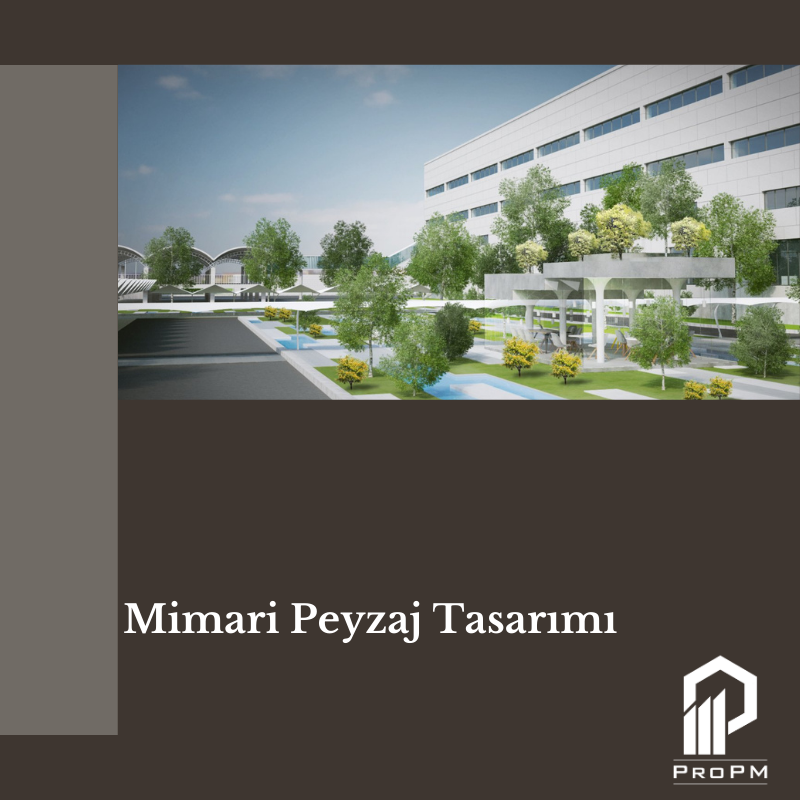Architectural landscape design uses many different techniques to create aesthetically beautiful and functionally effective outdoor spaces. Below are some features of architectural landscape design:
- Plant Selection: Selection and placement of suitable plants is very important in architectural landscape design. Plants are an important factor that determines the atmosphere and visual impact of the space. For this reason, care should be taken in the selection of plants, especially the climatic conditions and the use of plants native to the region in architectural landscape design.
- Landscaping: Architectural landscape design aims to create aesthetically and functionally effective open air spaces by preserving the natural landscape with landscaping. Therefore, existing topographic features, especially natural features such as slopes and ponds, should be considered in the design.
- Water Features: Water features can be used in many different ways in architectural landscape design, such as ponds, fountains, waterfalls. While these features increase the aesthetics of outdoor spaces, they also humidify the air and provide positive effects on the environment.
- Lighting: Architectural landscape design provides ease of use to outdoor spaces at night with the use of lighting. While lighting increases the use of space, it also creates a visual impact.
- Furniture Selection: In architectural landscape design, the selection of furniture to be placed in open-air spaces is important for the functionality of the space.
What Do We Do in Architectural Landscape Design in Sustainable Buildings and Green Buildings?
Architectural landscape design in sustainable buildings and green buildings is a design process made with an environmentally sensitive approach. In this design process, it is important to protect natural resources and increase sustainability. There are articles about what we have done in architectural landscape design with PROPM Landscape architects in sustainable buildings and green buildings:
- Plant Selection Service: Plant selection in architectural landscape design is very important to create an environmentally friendly space. Therefore, the design considers issues such as the selection of regional plants, the use of local plant species to conserve water, and the minimization of water consumption for the care of plants.
- Rain Garden Design: Green infrastructure features such as rain gardens are used in architectural landscape design. Rain gardens help conserve water resources and replenish groundwater by collecting water in rainy weather.
- Solar Energy Systems: Solar energy is also used in architectural landscape design. Solar energy is used in lighting systems, water pumps and other systems around the building, providing energy savings.
- Water Storage Systems: Water storage systems are also used in architectural landscape design. These systems are designed to collect, treat and reuse rainwater. This helps to conserve water resources and reduce water consumption in the region.
- Use of Regional Materials Service: The use of regional materials is also very important in architectural landscape design. In this way, material transportation costs are reduced while contributing to the local economy.
- Natural Shading Systems Service: Natural shading systems are also used in architectural landscape design. These systems save energy by lowering the temperature in the area.

